Heavenly holiday homes on Scottish islands
From a restored 18th-century farmhouse on the Isle of Skye to a castle on Orkney, Mary Miers lists the loveliest places to rent for a truly memorable Scottish island-break
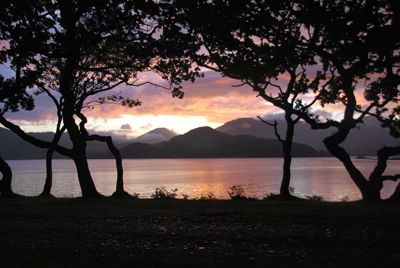

** Read our complete list of our favourite holiday homes to rent all over Britain and Ireland
Location: Tigh a Chruic, Sleat, Isle of Skye Accommodation: sleeps 6: 1 double, 2 twins Contact: 01835 822277; www.unique-cottages.co.uk
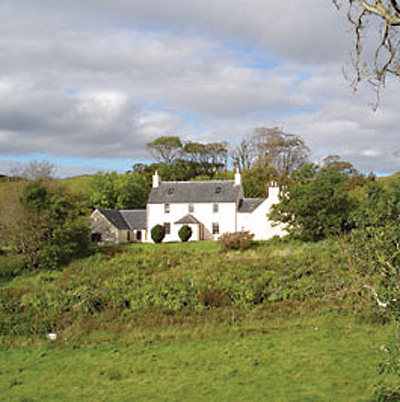
A recently restored 18th-century farmhouse, Tigh a Chruic stands above Knock Bay on the Sleat Peninsula, with views over the water to the hills of Morar on the mainland. A path leads down to the rocky beach, home to seals, otters and wildfowl. Along the coast lie the ruins of the 15th-century Knock Castle, as well as the Torr Sitheig or ‘Knoll of Fairies' of folk tradition. The area is known for its otters, and inspired Gavin Maxwell, the author of Ring of Bright Water, who later lived on Eilean Ban, the island beneath the nearby Skye Bridge.
Location: Balfour Castle, Island of Shapinsay, Orkney Accommodation: sleeps 18: 6 doubles, 3 twins Contact: 01856 711282; www.balfourcastle.co.uk
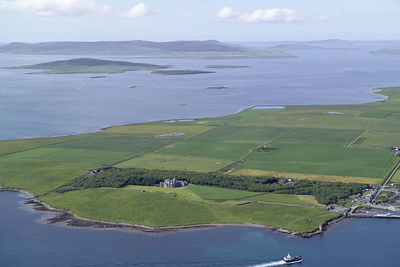
Built in 1847-50 for David Balfour, 4th Laird of Balfour and Trenaby, by the leading Scots Baronial architect David Bryce, Balfour Castle is a rare example of a ‘calendar house', with seven turrets, 12 external doors, 52 rooms and 365 sections of window. It faces the sea from among its own fields and extensively replanted woodland. Bryce incorporated the Balfours' previous Georgian residence into the design, while adding a gatehouse and walled kitchen garden. The recently restored and refurbished interior features original Italian marble and plasterwork inspired by Balfour's Grand Tour, and paintings that belonged to the Balfour family. The house is fully staffed with a chef and full hotel facilities, although it has to be taken as one exclusive let. The estate offers some of the best wildfowl shooting in the country and excellent fishing.
* Read about other heavenly holiday homes across the UK
* Follow Country Life on Twitter
Sign up for the Country Life Newsletter
Exquisite houses, the beauty of Nature, and how to get the most from your life, straight to your inbox.
Location: The Old Schoolhouse, Croggan, Isle of Mull Accommodation: sleeps 6: 2 doubles, 1 twin. Contact: 01688 400 682 / mail@isleofmullcottages.com or visit www.isleofmullcottages.com
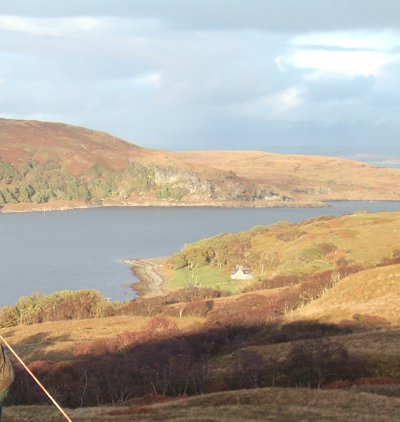
A stone's throw from the shore of Loch Spelve at the tip of the Croggan peninsula, the Old Schoolhouse overlooks a sheltered shingle bay and enjoys spectacular views across the water to the mountains of Mull. This cosy renovated old schoolhouse is quite literally at the end of the road. Indeed, surrounded as it is by an unspoilt wilderness that's home to otters, golden eagles, sea eagles, seals and red deer, plus dolphins, who make the occasional appearance in Loch Spelve, this cottage is a haven for birdwatchers, walkers, and those seeking tranquillity. Sail on the loch, fish the dramatic coastline around the house or arrange for loch and river fishing. Discover caves, coves and deserted beaches perfect for swimming, and walk the hills to find the ruins of abandoned villages. Feast on fresh local oysters and mussels but, above all, enjoy a comfortable home that's full of character and original features-the old Victorian school blackboard is still in the kitchen!
Location: The Mill, Colonsay Estate, Isle of Colonsay, Argyll Accommodation: Sleeps 8: 1 double, 2 twin, 1 with bunk beds Contact: 01951 200316; www.colonsayestate.co.uk
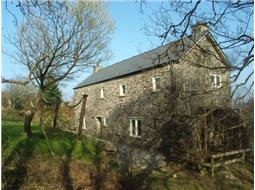
Situated in a wooded glen, the Mill is a restored corn mill that maintains its original water wheel and lade. Beautifully furnished, with a garden and lovely views of distant Loch Fada, this is a great place for a family holiday. With its mysterious standing stones, hill forts and ruined chapels, Colonsay has a fascinating history, and interesting wildlife is abundant, from seals, otters, the occasional whale and dolphins, to numerous birds for the keen birdwatcher; there are also wild goats in the north of the island. At low tide, a mile long stretch of sand links Colonsay to the Isle of Oronsay, with its famous 14th-century priory ruins and carved stones. There are more than 20 other holiday cottages on the Colonsay estate, most with sea views.
Location: Uig Lodge, Isle of Lewis, Outer Hebrides Accommodation: sleeps 15: 3 doubles, 4 twins, 1 single Contact: 01851 672396; www.uiglodge.co.uk

Situated on a working sporting estate, this is the best-sited house on the Hebridean Isle of Lewis. It stands on the magnificent shell sand sweep of Uig bay on the island's Atlantic coast and has wonderful views south to the wild Lewis and Harris hills. The house was built as a shooting lodge in 1876 for Sir James Matheson, who bought Lewis in 1844, and it is said to have been a favoured spot of the author Arthur Ransome, who used it as inspiration for Great Northern, the last book in his Swallows and Amazons series. Nearby attractions include wild moorland, hills and lochs for walking, stalking and fishing, traditional crofting villages and weaving centres, and outstanding prehistoric remains, notably the spectacular stone circle at Callanish.
Location: Boisdale House, South Uist, Outer Hebrides Accommodation: Main house: 13 (3 doubles, 3 twins, 1 single, 1 bunk room); self-contained flat: 1 double, 1 sofa bed Contact: 020-7582 2418; www.boisdalehouse.com
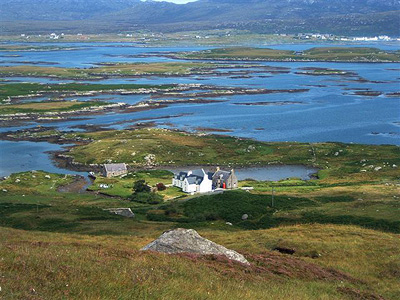
Boisdale House is situated on a tidal inlet on the south side of Lochboisdale, with its own little bay, pierhouse and pier, and views north to the lovely Howmore hills. This picturesque complex of traditional harled and slated buildings grouped around a courtyard dates back to the early 19th century. The house has been in the same ownership since the early 1970s and was recently upgraded into a comfortable family holiday home, with a separate flat in the east wing above the former shop. A mile or so away, beyond the west coast machair, lies the Atlantic, with one continuous stretch of glorious shell white sand stretching the entire length of the island. The little island of Eriskay, a few miles to the south, is now connected by a causeway and has a ferry service to the Isle of Barra. Come to Boisdale House for the perfect family holiday: empty beaches and glorious hill walks; flower-strewn machair (purple orchids) and rich birdlife (corncrakes, eagles, puffins...); dolphins, porpoises, seals; boating and delicious seafood; fascinating pre-historic archaeology (Neolithic wheelhouses, souterrains, chambered cairns, standing stones); indigenous buildings (Hebridean thatched houses) and the unspoilt world of a Gaelic speaking Hebridean community.
Country Life is unlike any other magazine: the only glossy weekly on the newsstand and the only magazine that has been guest-edited by HRH The King not once, but twice. It is a celebration of modern rural life and all its diverse joys and pleasures — that was first published in Queen Victoria's Diamond Jubilee year. Our eclectic mixture of witty and informative content — from the most up-to-date property news and commentary and a coveted glimpse inside some of the UK's best houses and gardens, to gardening, the arts and interior design, written by experts in their field — still cannot be found in print or online, anywhere else.
-
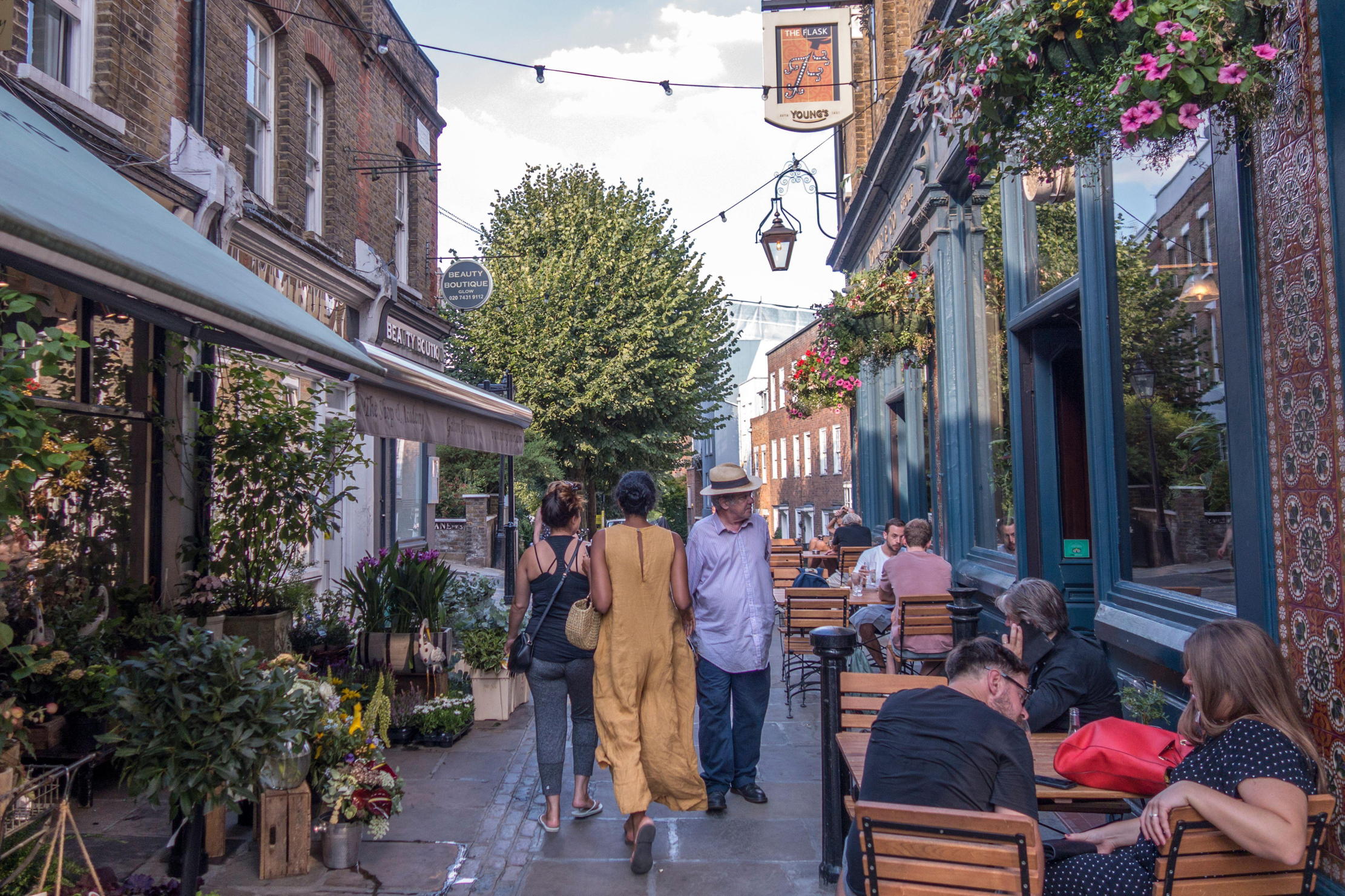 A day walking up and down the UK's most expensive street
A day walking up and down the UK's most expensive streetWinnington Road in Hampstead has an average house price of £11.9 million. But what's it really like?
By Lotte Brundle
-
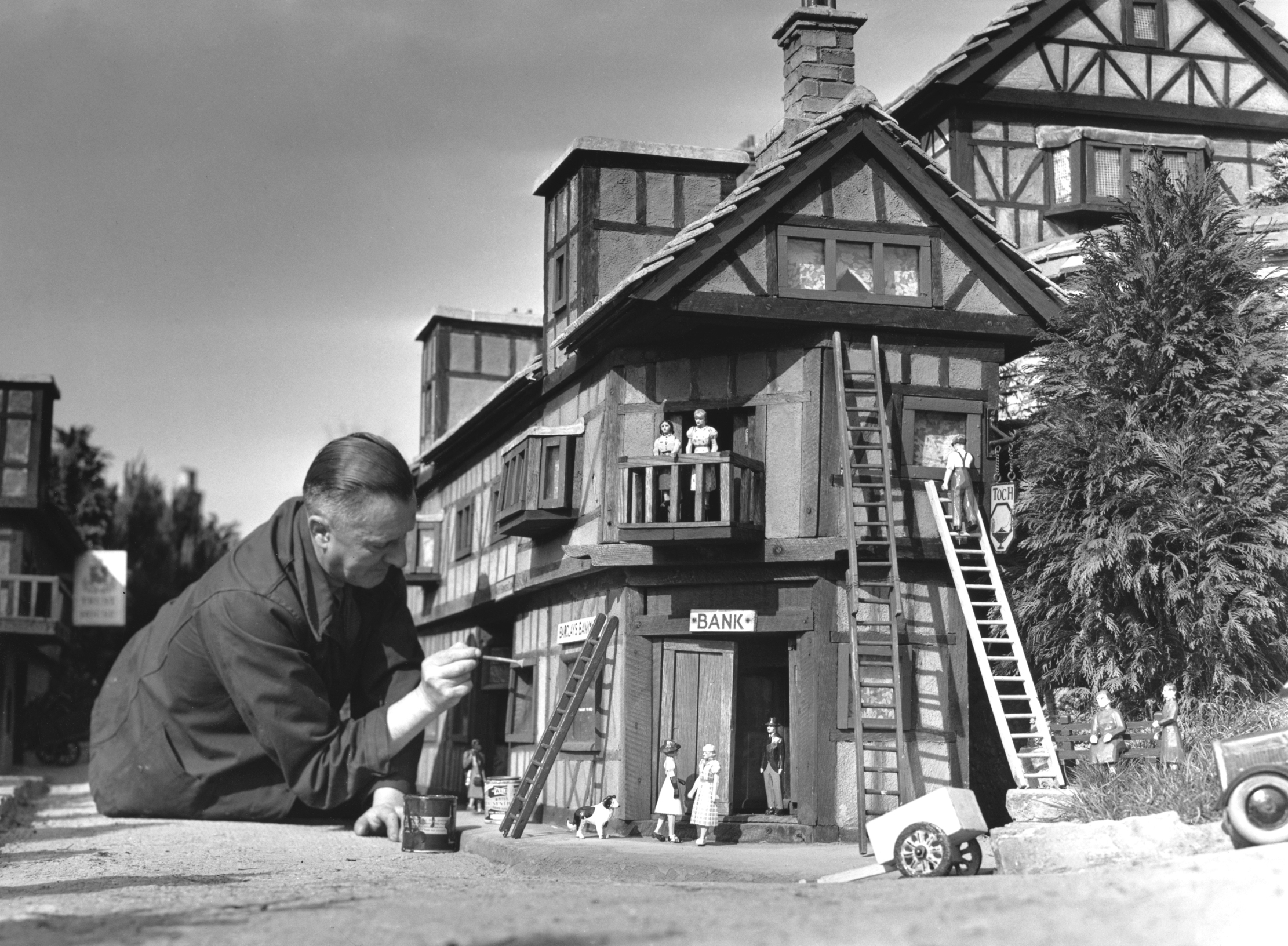 Life in miniature: the enduring charm of the model village
Life in miniature: the enduring charm of the model villageWhat is it about these small slices of arcadia that keep us so fascinated?
By Kirsten Tambling